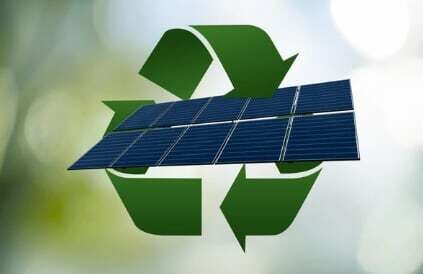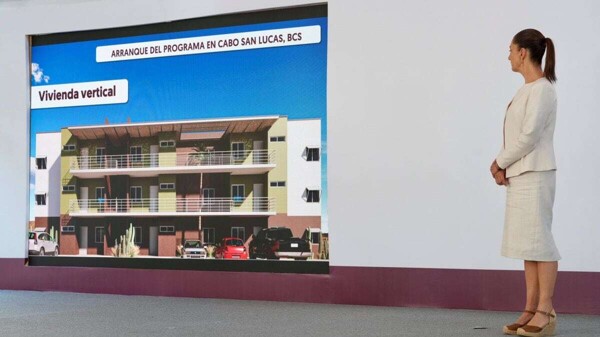
President Claudia Sheinbaum's project to promote the transition to clean energies in Mexico requires an investment of up to 50 billion dollars and also needs to integrate the recycling of solar panels to mitigate their environmental impact at the end of their useful life.
"The problem is that the materials required to manufacture (solar panels) are not renewable and if there is no recycling plan in place now, in five years we will have a serious problem with highly polluting waste," commented Paola Zagal, coordinator of the Research Department at Grupo Solarever.
Solar panels, although primarily made from inorganic compounds such as glass, silicon, aluminum, silver, and steel, can deteriorate over time due to climatic factors. According to research led by Dr. Georgina Fernández Villagómez, a professor at the Faculty of Engineering, the recycling of solar panels can reduce the environmental impacts associated with the production of new solar panels by up to 20 percent.
"The role of academia is crucial for recycling solar panels because it is a multidisciplinary entity that links basic science, international scientific research, and the expertise of academics for the development of new technologies, and in this case, we have research that has yielded very positive results," stated Georgina Fernández.
The research conducted by UNAM is carried out in collaboration with Solarever, which has allowed for the development and optimization of methodologies for recovering valuable components from used solar panels.
"The benefits of solar panels go beyond, but it is necessary to have a policy that supports the recycling of solar panels in Mexico," reiterated Paola Zagal.
The National Autonomous University of Mexico (UNAM) is advancing in the recycling of solar panels. Currently, it is possible to recycle up to 80 percent of the materials from these devices. The goal is to develop a statistically validated procedure for the recovery of elements and compounds of interest present in spent solar panels.
"However, managing their waste remains a challenge that we must consider now, before it becomes a bigger problem," added the executive from Solarever.
It is estimated that without a global recycling program for the materials that make up this technology, by 2030 they could constitute nearly 25 million tons of waste worldwide, and by 2050, waste is estimated to reach almost 80 million tons, according to data from the International Renewable Energy Agency (IRENA).
President Claudia Sheinbaum committed to promoting clean energies, and the goal of her administration is to achieve a 45 percent share in electricity generation. Until 2023, only 20.77 percent of the clean energy produced in the country came from solar panels, but it is noteworthy that this technology experienced the highest growth during the previous administration.
According to the Clean Energy Progress Report, energy generation through photovoltaic technology increased by 533 percent from 2018 to 2023, which for the expert at Solarever, a company specialized in solar cell manufacturing, demonstrates the potential this technology will have for the current administration to reach the established goal.
"Using the sun as an energy source is one of the main ways to reduce greenhouse gas emissions. In the long term, the aim is to provide viable and scalable recovery procedures. To achieve these goals, there must be close collaboration between academia, industry, and government," stated the academic from UNAM.














